Thinking about integrating natives in to your garden? Go for it! Some of the benefits include: saving water, lowering maintenance, reducing pesticides and creating a wildlife-friendly garden. Native bees and other California pollinators can improve fruit set, and native birds and insects help keep your garden free of mosquitoes and plant-munching bugs. Gardening with natives also connects your garden to the regional landscape and supports local ecology, giving it a sense of place.
Maybe you’ve heard that while they are drought tolerant, natives can be finicky about when they receive water. While it is true that some natives resent summer watering, many do not and will happily live alongside low-water plants from other Mediterranean climates if given limited supplemental water in summer. California has so many different climates, soil types and exposures that your garden’s location often determines the most suitable plant palette. That said, here are a few natives (some of these are cultivars) that will thrive in garden conditions. For more, and for additional information, check out some of the “Sites I Recommend” on the side bar.
Achillea millefolium – Perennial 12″ – 18″ high with white flat-topped flowers. Tolerates garden conditions very well. Lovely in a meadow or cottage garden. Tolerates some foot traffic. Achillea m. ‘Sonoma Coast’ is a low-growing variety with bright green foliage and creamy white flowers.
Arctostaphylos densiflora ‘Howard McMinn’ – Small tree with twisting rust-colored bark and small pink flowers. Take care not to overwater.
Arctostaphylos ‘Sunset’ – Bush form that is long-lived. New growth is flushed red. Take care not to overwater.
Baccharis pilularis ‘Pigeon Point’ – This plant is unbeatable for attracting beneficial insects to your garden. A good slope stabilizer as well.
Carex praegracilis – Great grass for meadows. Grows 12″-18″ high.
Fragaria californica – Our own wild strawberry. Ground cover for part shade.
Heuchera maxima – Perennial 12″ high with large, bright green leaves. Delicate light pink flowers in spring. Appreciates part shade in inland gardens. Looks great at the front of the border with finer-textured plants behind.
Juncus patens ‘Elk Blue’ – One of my favorite “architectural” plants. Upright growth to 18″-24″ high. Will tolerate a range of watering conditions from wet to bone dry.
Muhlenbergia rigens – Ornamental grass with delicate tan-colored flowers. One of the few drought tolerant ornamental grasses. Good replacement (though it is considerably larger) for Stipa tenuissima (Nassella tenuissima, Mexican Feather Grass) which is not native.
Rhamnus californica ‘Eve Case’ – Lower growing (3′- 4′) cultivar of the native coffeeberry. Good background plant.
Salvia clevelandii – 3′ tall sage with whirls of blue flowers in spring. Take care not to over water.
Salvia spathacea ‘Powerline Pink’ – Foliage to 12″ high, with deep pink whirled flowers rising 12″ or more above the foliage. Take care not to over water.
Verbena lilacina ‘De La Mina’ – One of my favorites. Shrub that is 2′-3′ high with delicate foliage and year-round lavender blooms.
Vitis californica ‘Roger’s Red’ – Native grape with small edible fruit and red leaves in fall. Can be slow to establish but eventually will reach 20 feet.


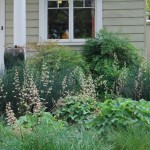

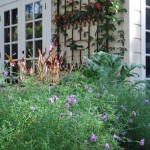
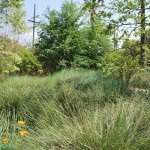
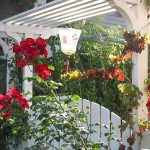
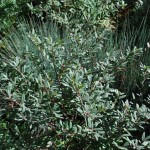
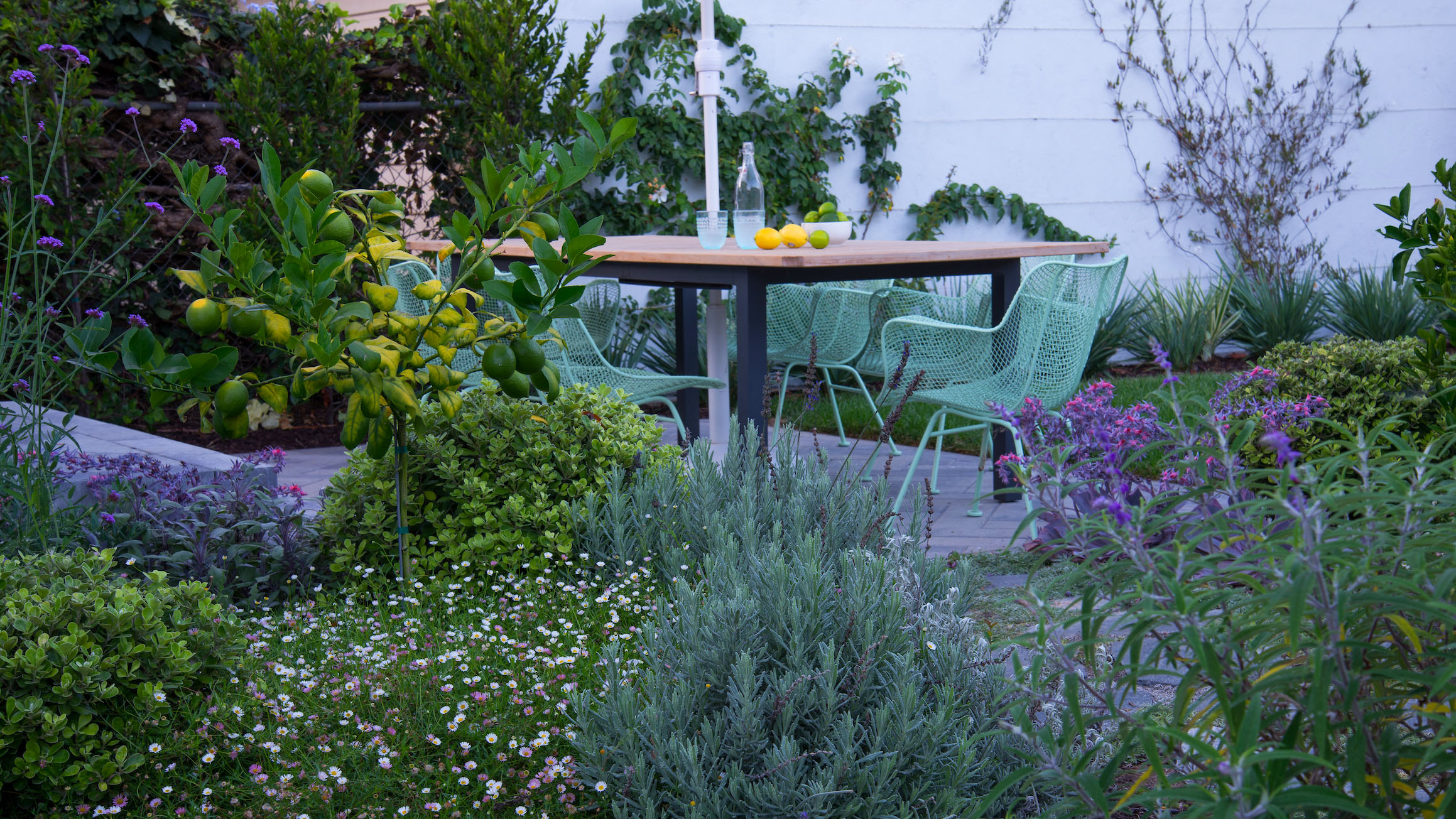
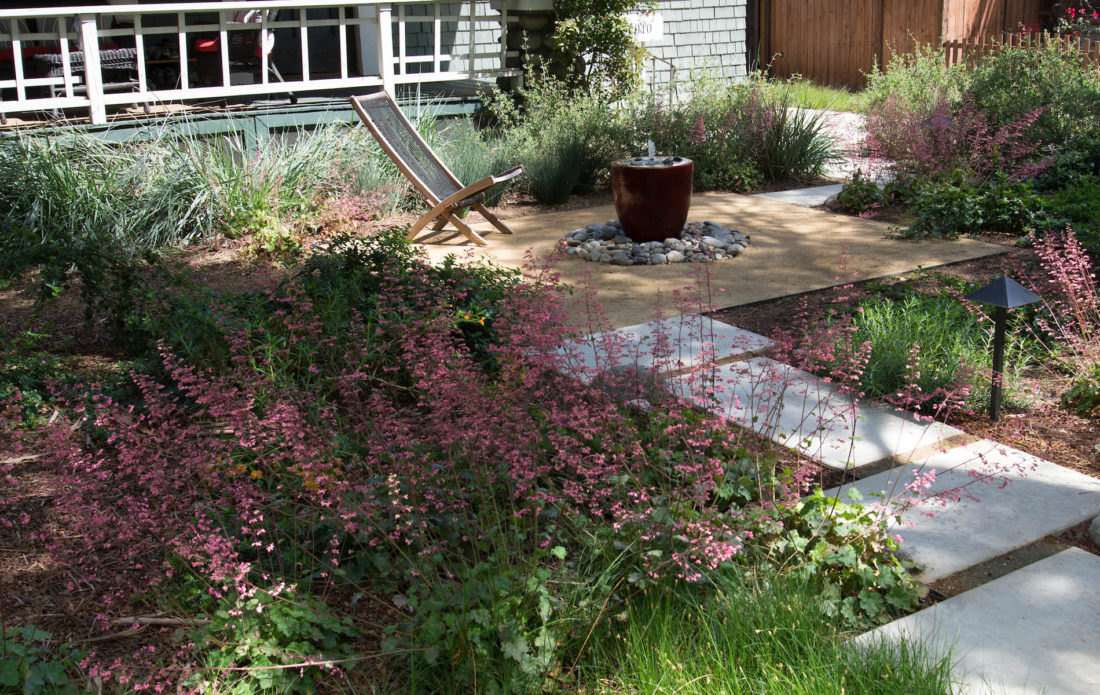
June! I was just going to contact you for this info! Thanks for this very comprehensive list. Now I just need your help in where to place some of these plants in my front yard! Goodbye grass!
Kat